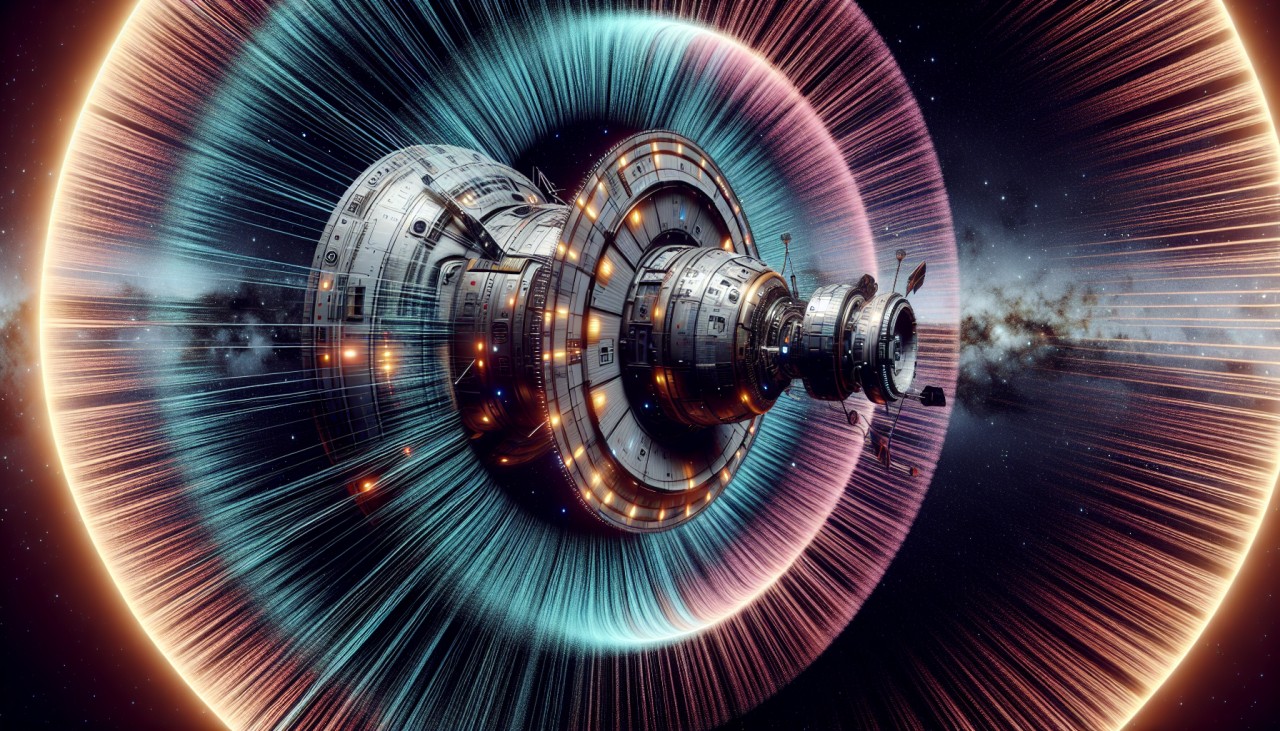


As humanity ventures deeper into space, shielding astronauts from cosmic radiation becomes paramount. Recent studies have identified specific materials, including certain plastics, rubber, and synthetic fibers, as effective shields against harmful space radiation on Mars. phys.org These findings suggest that combining these materials with Martian soil could provide additional protection, making long-duration missions more feasible. The research utilized computer modeling to simulate Martian radiation conditions, testing various materials to determine their effectiveness in blocking cosmic radiation. This approach not only informs the design of protective habitats and spacesuits but also leverages local resources, potentially reducing the need to transport shielding materials from Earth.
In parallel, innovative technologies are being developed to enhance radiation protection. The Cosmic Radiation Extended Warding (CREW) system proposes a lightweight, deployable magnetic shielding system for space habitats. arxiv.org This system utilizes a cylindrical Halbach array coil arrangement to generate an enhanced external magnetic field, diverting cosmic radiation particles away from the spacecraft. By suppressing the magnetic field within the habitat, the CREW system aims to reduce radiation exposure to astronauts. The design takes advantage of recent advancements in high-temperature superconductors, enabling the necessary high currents for effective shielding. This approach represents a promising direction in active radiation protection, complementing passive shielding materials and contributing to the safety of future deep space missions.